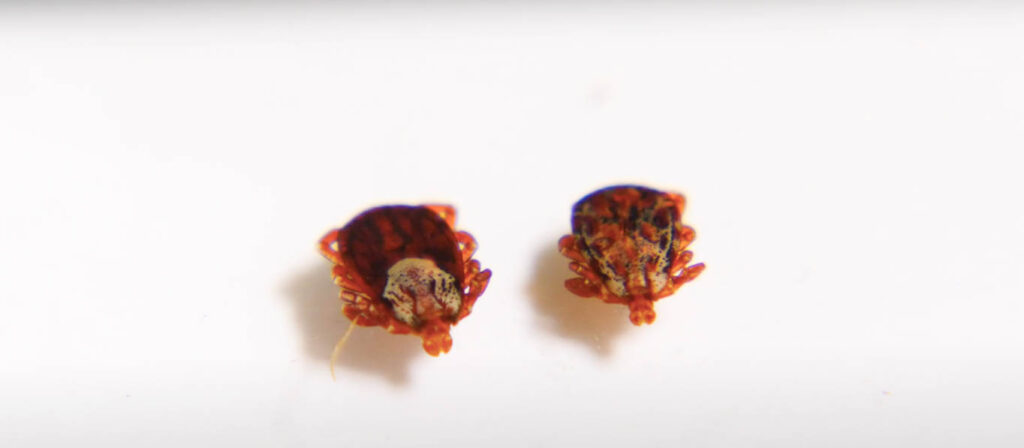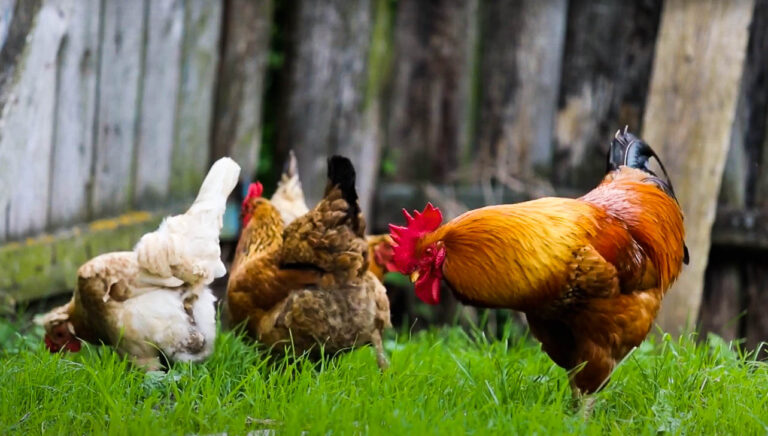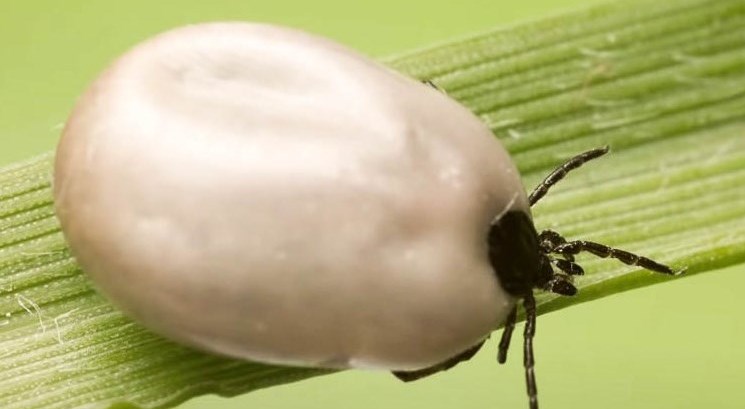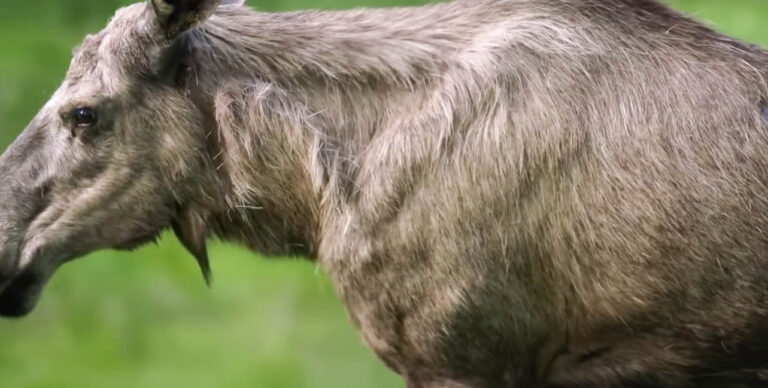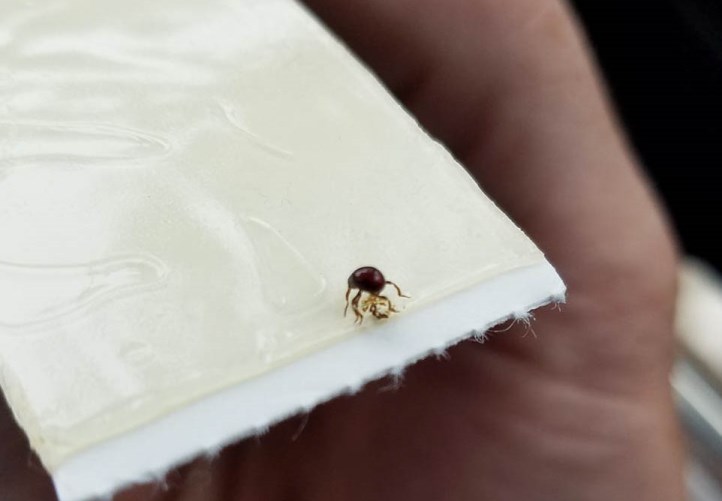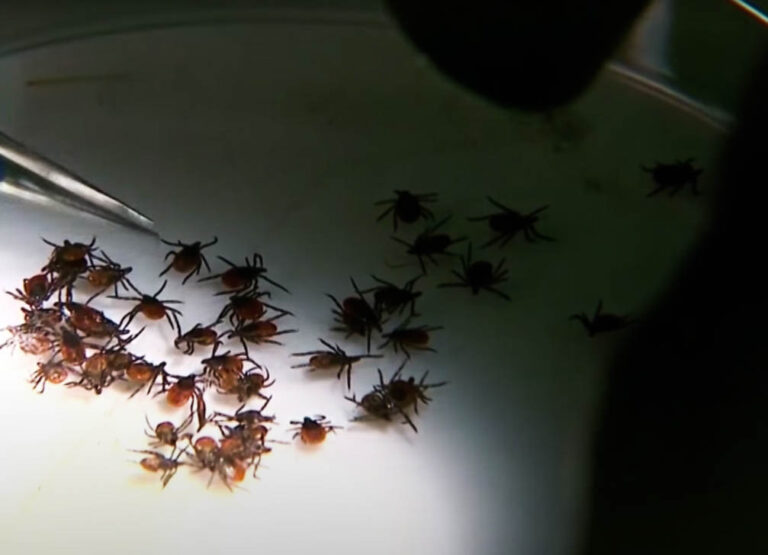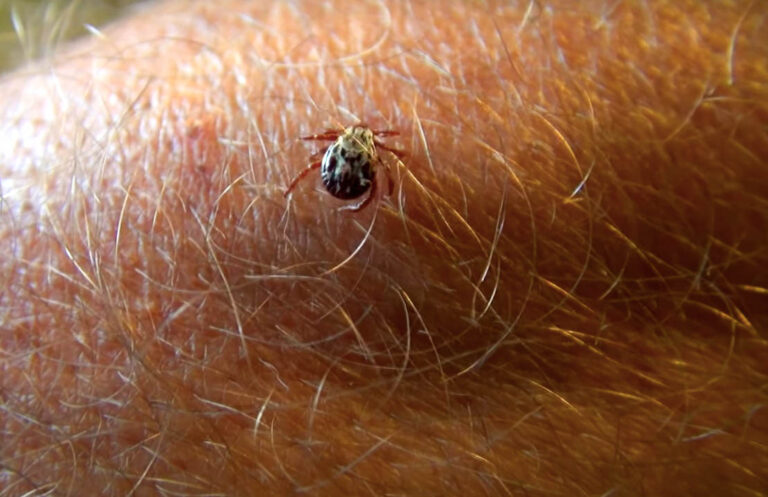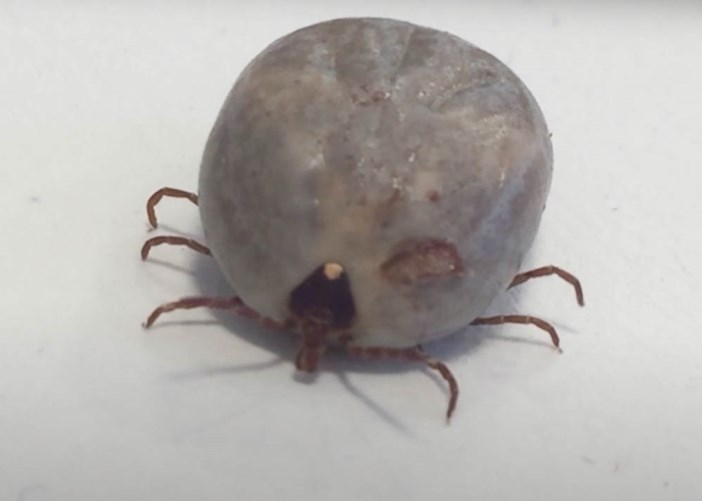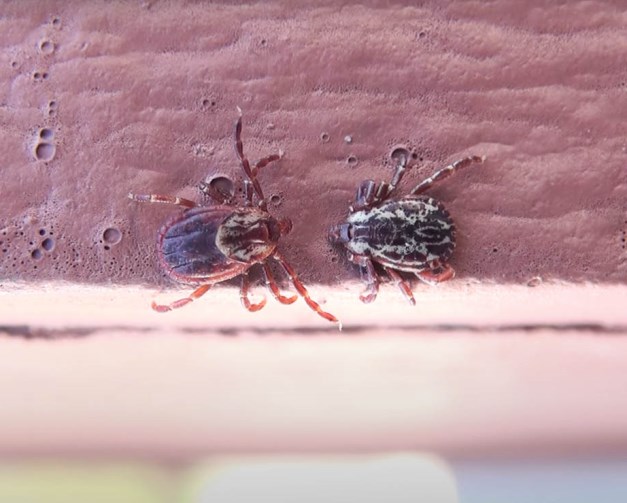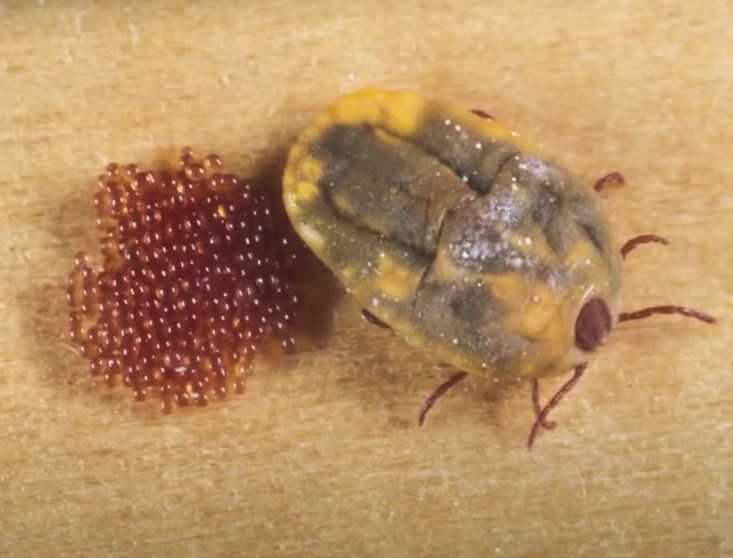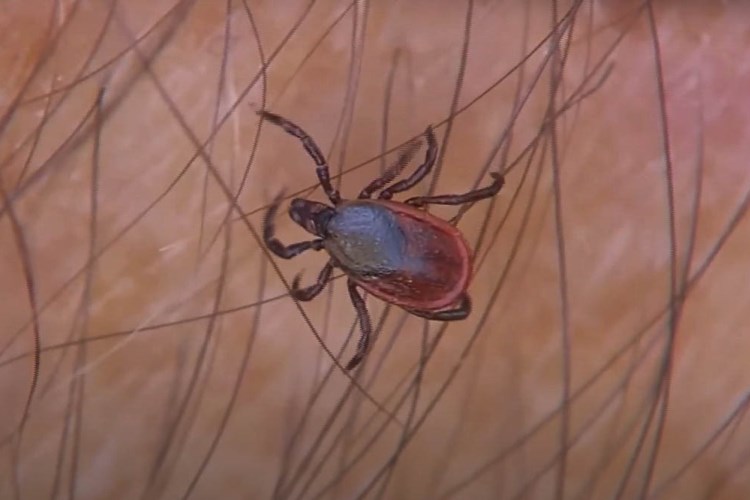About Rocky Mountain Wood Ticks
About Rocky Mountain Wood Ticks
Rocky Mountain wood ticks are well distributed in the Rocky Mountain states of the US. They are also a major vector of Rocky Mountain spotted fever. These associations with the Rocky Mountains and their preference for wooded areas are responsible for their name.
Appearance
Rocky Mountain wood ticks have different features when they are engorged and un-engorged. When they are un-engorged, they are brownish in color and their average length is 1/8 of an inch. When the ticks are engorged, their color changes to gray. The length also increases to 5/8 of an inch. They have an oval body that is flattened from top to bottom.
Behavior
The activity of Rocky Mountain wood ticks increases as the environmental temperature increases.
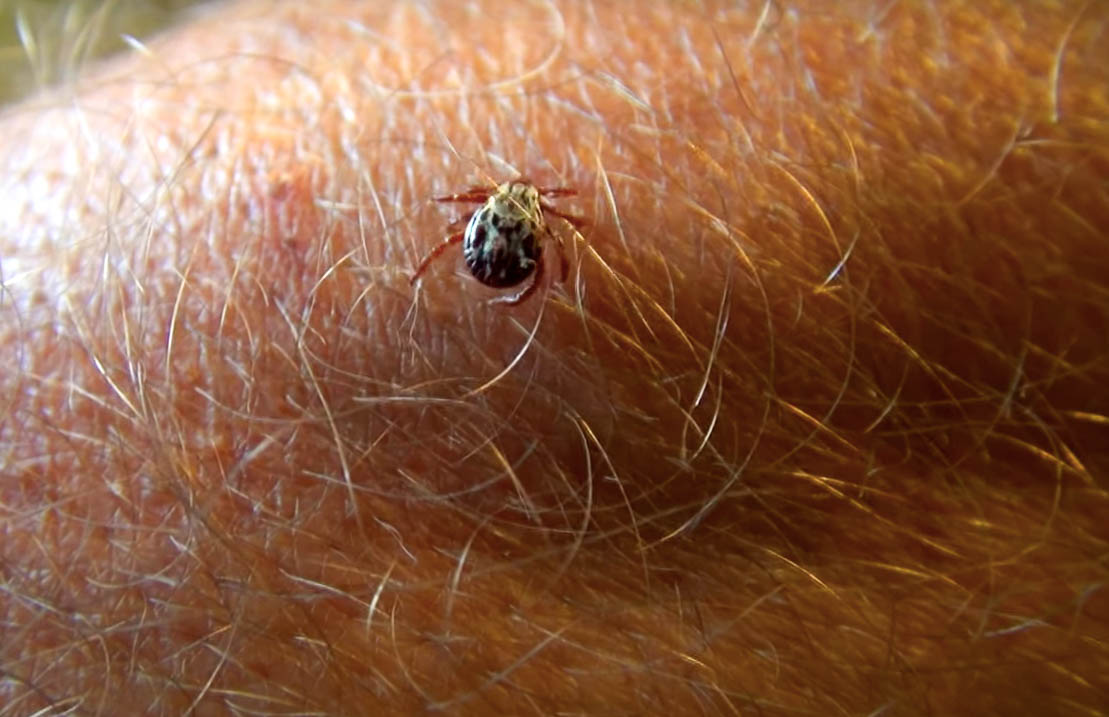
Dry air also encourages the activity of the ticks as they typically become active from the first warm days of spring. They are typically less active during summer and achieve maximum activity between January and November.
Rocky Mountain wood ticks feed on blood, as blood-sucking ectoparasites. The different stages of the ticks take blood meals from different hosts. The larvae take blood meals from small animals like squirrels, voles, and raccoons. The nymphs feed on similar animals. The adult Rocky Mountain wood tick prefers to take blood meals from medium-sized to large animals.
The male and female ticks need blood meals. However, the female feeds for much longer than the male. The female can feed for a few days until it becomes fully engorged and falls off. They climb to the top of low vegetation to wait for suitable hosts to attach to and take blood meals.
Blood is an essential part of the diet of Rocky Mountain wood ticks. They can survive for only about a year without blood.
Rocky Mountain wood ticks are major vectors of the Rocky Mountain spotted fever. They pick up the pathogen when they feed on infected hosts and cause infections when they feed on uninfected hosts. Rocky Mountain spotted fever has a mortality rate of about 20%. The disease presents as a rash that spreads to the rest of the body. It is noteworthy that the Rocky Mountain wood tick needs to attach to the host for only about two hours to transmit the disease.
Because it takes a short period for Rocky Mountain wood ticks to spread Rocky Mountain spotted fever after they attach, early detection is particularly important. The ticks also spread Colorado tick fever and tularemia. The bites can also cause tick paralysis. However, they have to be attached for longer periods to be able to spread these diseases. It takes about 7 days for them to spread diseases like Colorado tick fever and tularemia.

Life Cycle
It takes one to three years for Rocky Mountain wood ticks to complete their life cycle. The actual length of the life cycle of the ticks is dependent on the availability of hosts.
The adult female takes a full blood meal and drops to the ground to lay large numbers of eggs. Of the large numbers of eggs, a minimal percentage develops into adults. The eggs first develop into larvae. The larvae actively seek hosts to take blood meals and develop into nymphs. The larvae will develop into nymphs after taking a sufficient blood meal, falling off, and molting. The nymphs, which feed on similar hosts to larvae, also look for hosts to take blood meals from. After sufficient blood meals, the nymph develops into an adult. The adults then seek suitable hosts to attach to. The larvae of Rocky Mountain wood ticks have six legs, while the nymphs have eight legs.
Habitat
The ticks have established populations, particularly in the Rocky Mountain states. They also have large populations in southwestern Canada. The habitats of the Rocky Mountain wood tick include scrubland, open grasslands, and lightly wooded areas. Rocky Mountain wood ticks are mostly found indoors. They could be introduced into yards by infesting rodents. Although they can be found indoors, indoor environments do not particularly support the activity of the ticks.
